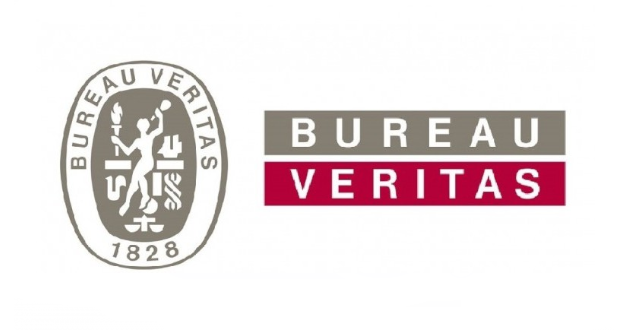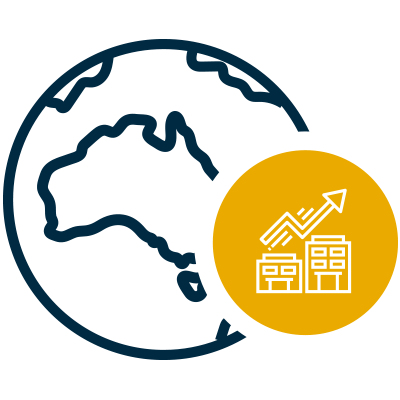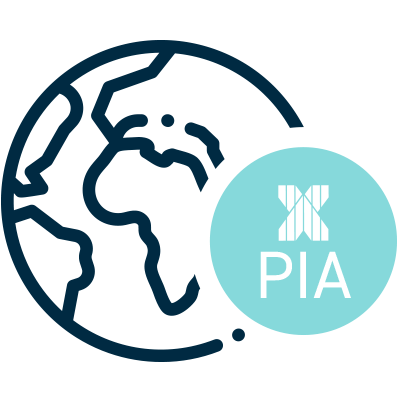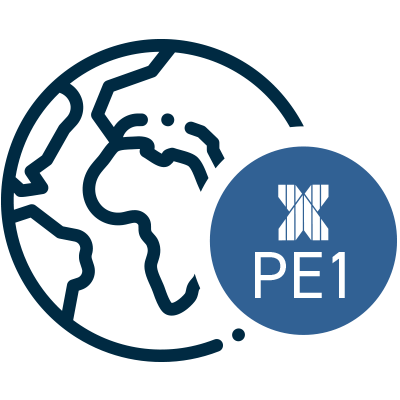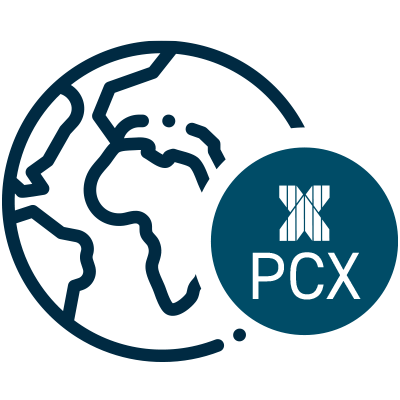SUMMARY
In this month’s commentary Ted Franks considers the complex and controversial relationship between gas and electricity pricing. He reflects on green energy taxes in the UK and how they are affecting decarbonisation targets and potentially slowing adoption of lower carbon solutions.
We are thrilled to announce that WHEB’s UK Fund will be adopting the ‘Sustainability Impact’ label on the 20 September 2024 under the UK Financial Conduct Authority’s (FCA) Sustainability Disclosure Requirements (SDR) regime. We are very pleased that WHEB is among the first fund managers to be able to do so, and it is a real testament to the authenticity of their investment approach. WHEB have welcomed and support the SDR’s introduction in order to tackle widespread greenwashing, and encourage the level of impact reporting they have championed for over a decade.
WHEB were recently announced as award finalists for:
- ‘Impact Manager of the Year’ award at the LGC Investment Awards 2024
- ‘Responsible Investor of the Year’ award at Reuters Events Sustainability Awards 2024
- ‘Best Impact Report’ category in the Pensions for Purpose Content Awards 2024
Join Associate Fund Manager Claire Jervis for a webinar update, where she will discuss the Fund’s current portfolio holdings, the factors influencing recent performance, and some of the market variables the investment team is considering moving forward. Register here.


